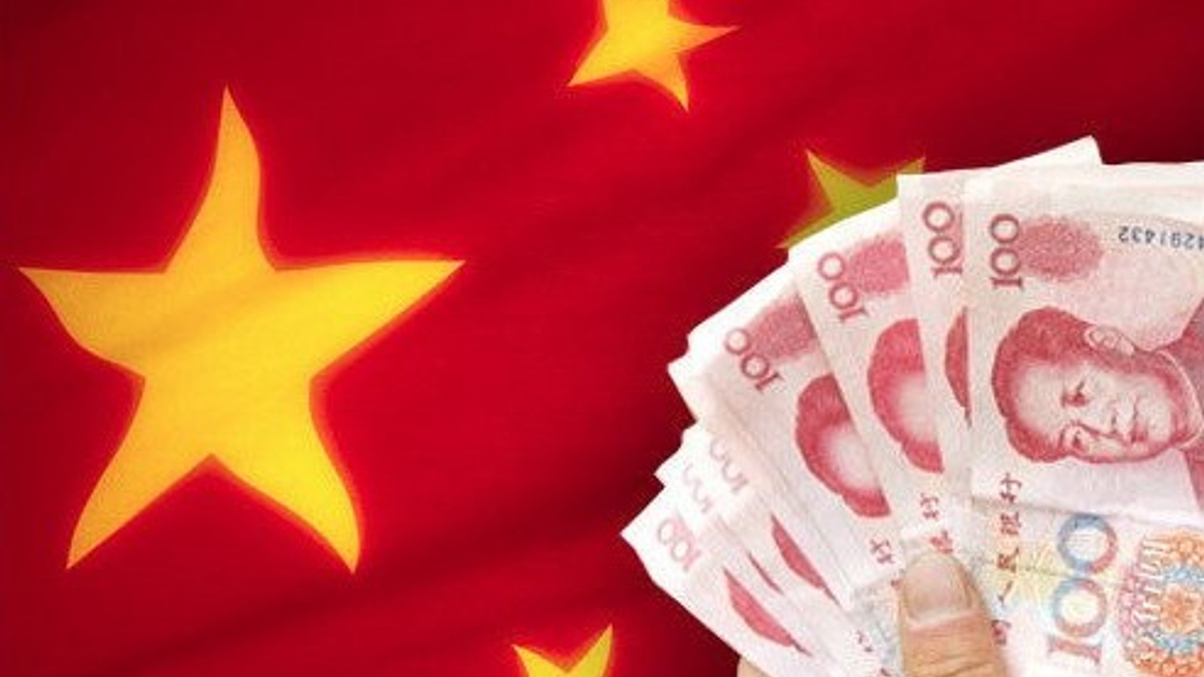AIIB mulls new debt funding initiative to lure asset owners
The China-based multilateral bank could refinance its brownfield infrastructure projects in the capital markets, giving institutional investors infrastructure-linked assets to invest into.

When it comes to infrastructure investing, asset owners typically like instruments linked to brownfield projects and shun greenfield ones.
Sign in to read on!
Registered users get 2 free articles in 30 days.
Subscribers have full unlimited access to AsianInvestor
Not signed up? New users get 2 free articles per month, plus a 7-day unlimited free trial.
¬ Haymarket Media Limited. All rights reserved.


